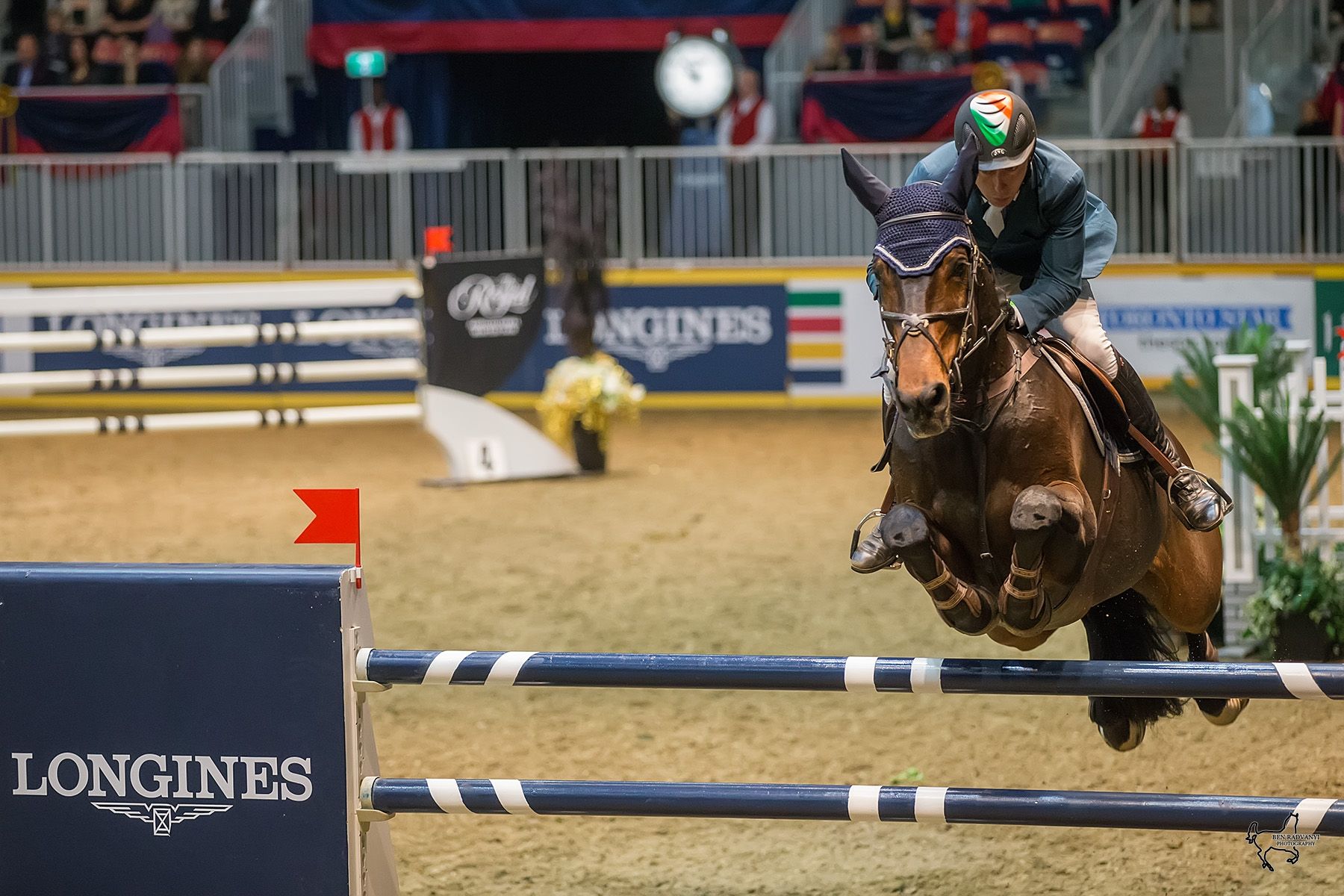
Members of the Royal Naval Volunteer Reserve Officers’ Association were upset that none of the seven battle names inscribed on the sides involved the Navy. One addition was made almost immediately. “But in performing the ceremony arranged for this occasion we follow immemorial usage, and we inaugurate a memorial to the lasting honour of the men of this city who left their homes and the pursuits of peace and gave up their lives for their country.” “It is true that there is nothing we can do which will add to the honour in which their memory is held,” Mayor Thomas Foster observed during his speech. Dozens of others, representing everything from orphanages to Belgian soldiers in town for the Royal Winter Fair, were banked around Old City Hall’s steps. During the ceremony, only wreaths presented by Haig (who, unable to attend, drafted Byng as his stand-in) and the city were allowed to rest on the monument. on November 11, 1925, they found two memorial wreaths had been left overnight: an anonymous assembly of chrysanthemums and one in memory of Private William Bird from his children. When city officials arrived at the cenotaph at 6 a.m. As the unveiling neared, city council ordered a change to the front wording from “To those who served” to a phrase specifically geared to those who fell in battle, “To our glorious dead.” The cornerstone of the granite cenotaph was laid with a silver trowel by Field Marshal Earl Haig on July 24, 1925. The $2,500 prize went to architects/First World War veterans William Ferguson and Thomas Canfield Pomphrey (the latter would work on the R.C. Toronto Star, October 27, 1924.Ī design competition attracted 50 entrants. Three of the potential designs for the cenotaph.

While they preferred replacing an old bandstand in Queen’s Park, veterans felt it should remain at Old City Hall, where annual ceremonies had been held since 1920. When a city council special committee contemplated permanent sites for a monument in 1924, its members felt that erecting it in front of Old City Hall would render it inconspicuous due to space limitations and the height of surrounding buildings.

Miraculously in a few hours the restricted area that does duty as Toronto’s place d’armes had been carpeted with the fragile scarlet blossoms that are more imperishable than brass and marble associated with the glory and tragedy of the greatest of world conflicts.”Īs the cenotaph marks its 90th anniversary this Remembrance Day, it’s worth reflecting on the role such monuments play, and, especially in light of current debates on appropriate memorials, what some people have considered to be desecrations. As he unveils the granite monument outside Old City Hall, he looks, according to the Star, “not into a sea of faces but a sea of poppies. Noon, November 11, 1925: Governor-General Lord Byng of Vimy removes a Union Jack flag to reveal the city’s permanent memorial to the soldiers sacrificed during the First World War.

When this photo appeared in the Novemedition of the Globe, the caption read: “The picture was taken by the Globe staff photographer shortly after the cenotaph had been unveiled by his Excellency, and before the hundreds of wreaths which now cover the base of the monument had been deposited in token of remembrance by the relatives and friends of the noble dead to whom the memorial is erected.” City of Toronto Archives, Globe and Mail fonds, Fonds 1266, Item 6584.


 0 kommentar(er)
0 kommentar(er)
